In this post, we will explore the edibility of peonies, the compounds they contain, their potential health effects, and how to safely appreciate their beauty without eating them.
The Anatomy of Peonies
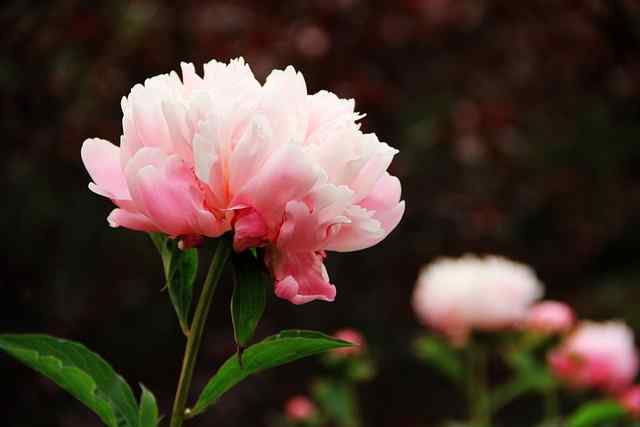
To understand the edibility of peonies, we first need to look closely at their anatomy. Peonies are perennial plants characterized by their large, often fragrant blooms and lush green foliage. The flowers typically consist of layers of petals that can be either single or double, and they bloom in late spring to early summer.
The notable parts of a peony plant include:
Flowers: Lush and aromatic, typically used for ornamental purposes.
Leaves: Green and glossy, usually considered non-toxic but not regarded as a food source.
Roots: The roots are traditionally used in herbal remedies but can be quite bitter and are not consumed like vegetables.
The Chemical Composition of Peonies
The main reason for the hesitance regarding the edibility of peonies lies in their chemical composition. All parts of the peony plant contain compounds like paeonol, which have been studied for their anti-inflammatory and antioxidant properties. While these compounds might have potential health benefits, they bring with them concerns about toxicity when ingested in large quantities.
Paeonol: The primary compound found in peonies, it’s a naturally occurring phenolic compound that can be beneficial in small doses. However, excessive consumption may lead to adverse effects, such as digestive distress.
Tannins and Other Alkaloids: Peonies also contain a variety of tannins and alkaloids, which can be harmful in larger amounts. They are known to contribute to the plant’s astringent qualities.
The Concerns of Edibility

Given the presence of paeonol and other compounds, it’s wise to exercise caution. Here are some reasons why peonies are not considered safe for consumption:
Potential Toxicity
Although peonies have a history of medicinal use, this often pertains primarily to controlled preparations involving extracts rather than direct consumption of the plant itself. Eating peonies may lead to unfavorable reactions, particularly for those with allergies or sensitivities to similar plants. Symptoms might include nausea, vomiting, and stomach cramps.
Lack of Culinary Tradition
Furthermore, peonies lack a culinary tradition that supports their use as food. Unlike other edible flowers such as nasturtiums and violets, which have well-established roles in cooking and flavoring, peonies are rarely mentioned in recipes or culinary texts. Their bitter taste further discourages any practical culinary exploration.
Exploring the Medicinal Uses of Peonies
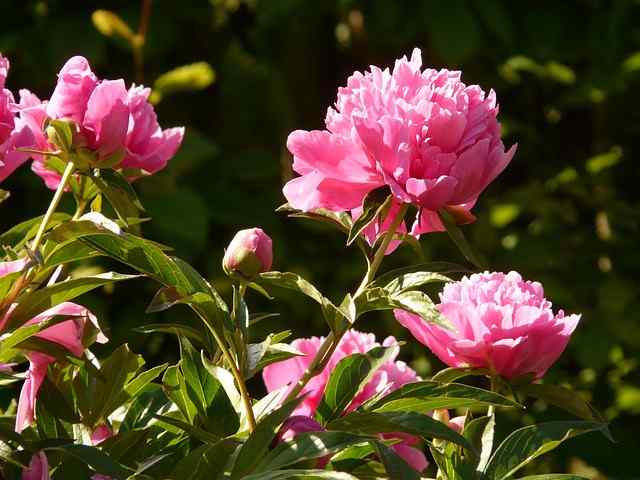
While the consumption of peonies is discouraged, their medicinal attributes are worth noting. In Traditional Chinese Medicine (TCM), peony root (Paeonia lactiflora) is commonly used to help with conditions like menstrual cramps and liver health. Here, we’ll examine some of the benefits attributed to peonies:
Traditional Chinese Medicine
Peony root is celebrated in herbal practices for its ability to harmonize the body. It is often used in combination with other herbs to create formulas for:
Menstrual Health: It is believed to relieve menstrual cramps and regulate the menstrual cycle.
Pain Relief: Paeonia lactiflora has anti-inflammatory properties, which may help alleviate pain conditions.
Nervous System Support: The root is also thought to support nerve health and may reduce anxiety.
Modern Research
Modern research into the medicinal properties of peonies is ongoing, with studies exploring how their bioactive compounds, including paeonol, contribute to health benefits. Some studies highlight their antioxidant effects, which might play a role in reducing oxidative stress in the body. However, it’s essential to approach this research critically; proper dosage and forms of consumption are crucial in herbology.
Non-Edible Uses of Peonies
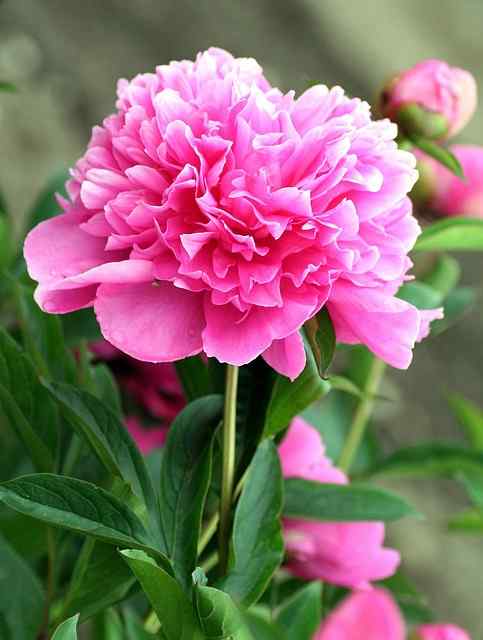
While we have established that peonies may not be suitable for consumption, they offer a wealth of benefits and uses that extend beyond the kitchen.
Ornamental Uses
Peonies are famously known for their striking beauty. They are:
Garden Showpieces: These flowers can be stunning focal points in any garden scheme, attracting pollinators and adding vibrancy.
Floral Arrangements: Peonies are a favorite among florists and are often used in wedding bouquets and event decorations due to their lush, romantic appearance.
Aromatic Qualities
The scent of peonies can be intoxicating. The flowers contain essential oils that can be harnessed in:
Perfumes: Their fragrance is sometimes incorporated into perfumes, offering a fresh, floral scent.
Essential Oils: Extracting oils from peonies can provide aromatherapy benefits, creating a calming ambiance in any space.
How to Appreciate Peonies Safely
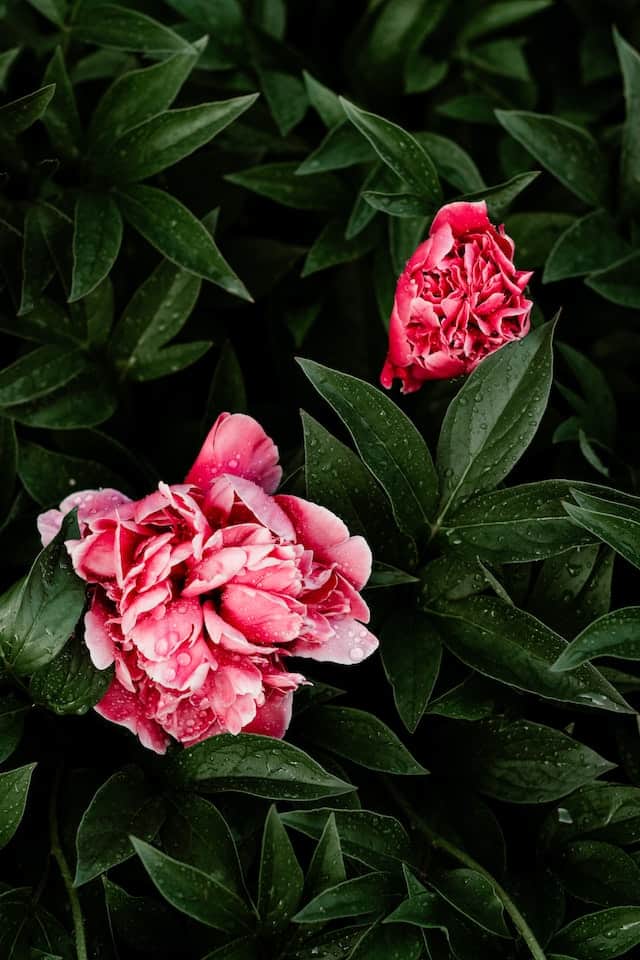
If you are looking to celebrate the beauty of peonies without the risk of consumption, here are several ways to appreciate these blooms safely:
Aesthetic Enjoyment
Home Decor: Bring the beauty of peonies indoors by placing them in vases around your home. Their vibrant colors can brighten any room.
Photography: Capture the delicate blooms in various stages of opening. They make for beautiful subjects in floral photography.
Craft Projects
Dried Flowers: Consider drying peony petals to use in potpourri or craft projects. Dried peonies can add a touch of elegance to home decor.
Natural Dye: The vibrant colors of peony petals can be used to create natural dyes for fabric.
Sensory Experiences
Scented Candles: Look for candles that mimic the floral scent of peonies. They can fill your space with a wonderful aroma, reminiscent of blossoming gardens.
Peonies vs. Other Edible Flowers
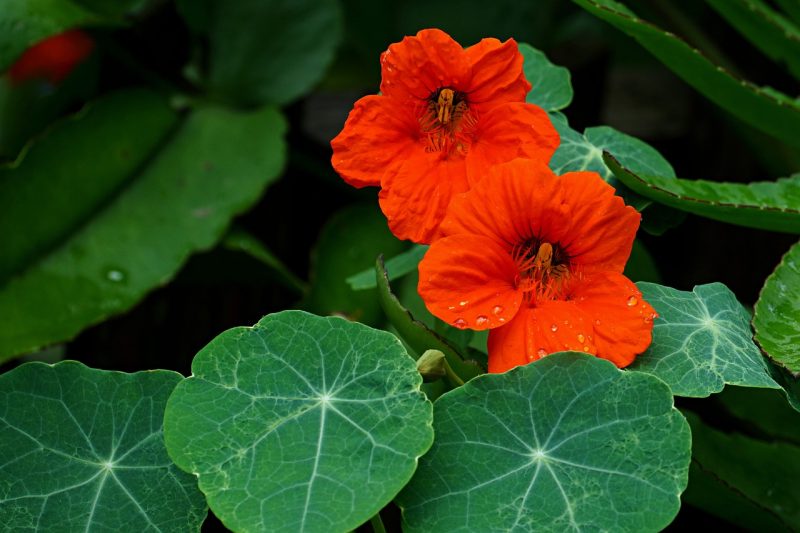
To provide a balanced view, it’s interesting to compare peonies with other edible flowers. Some flowers have a long history of culinary use and offer safe options for consumption.
Nasturtiums: These flowers are both visually appealing and edible. They have a peppery flavor and are often used in salads.
Violets: Known for their sweet, floral taste, violets can be crystallized for use in desserts or simply added to salads for a pop of color.
Calendula: Often referred to as pot marigolds, calendula petals are edible and frequently used as garnish, adding both color and a slightly tangy flavor to dishes.
Hibiscus: Certain varieties of hibiscus flowers are not only edible but are also used to create herbal teas and jams, celebrated for their tart flavor and health benefits.
Conclusion: The Beauty and Complexity of Peonies
In conclusion, while peonies are not considered edible due to their potential toxicity and bitter taste, their allure cannot be overstated. From their historical significance in herbal medicine to their role as stunning garden plants, peonies embody both beauty and complexity.





